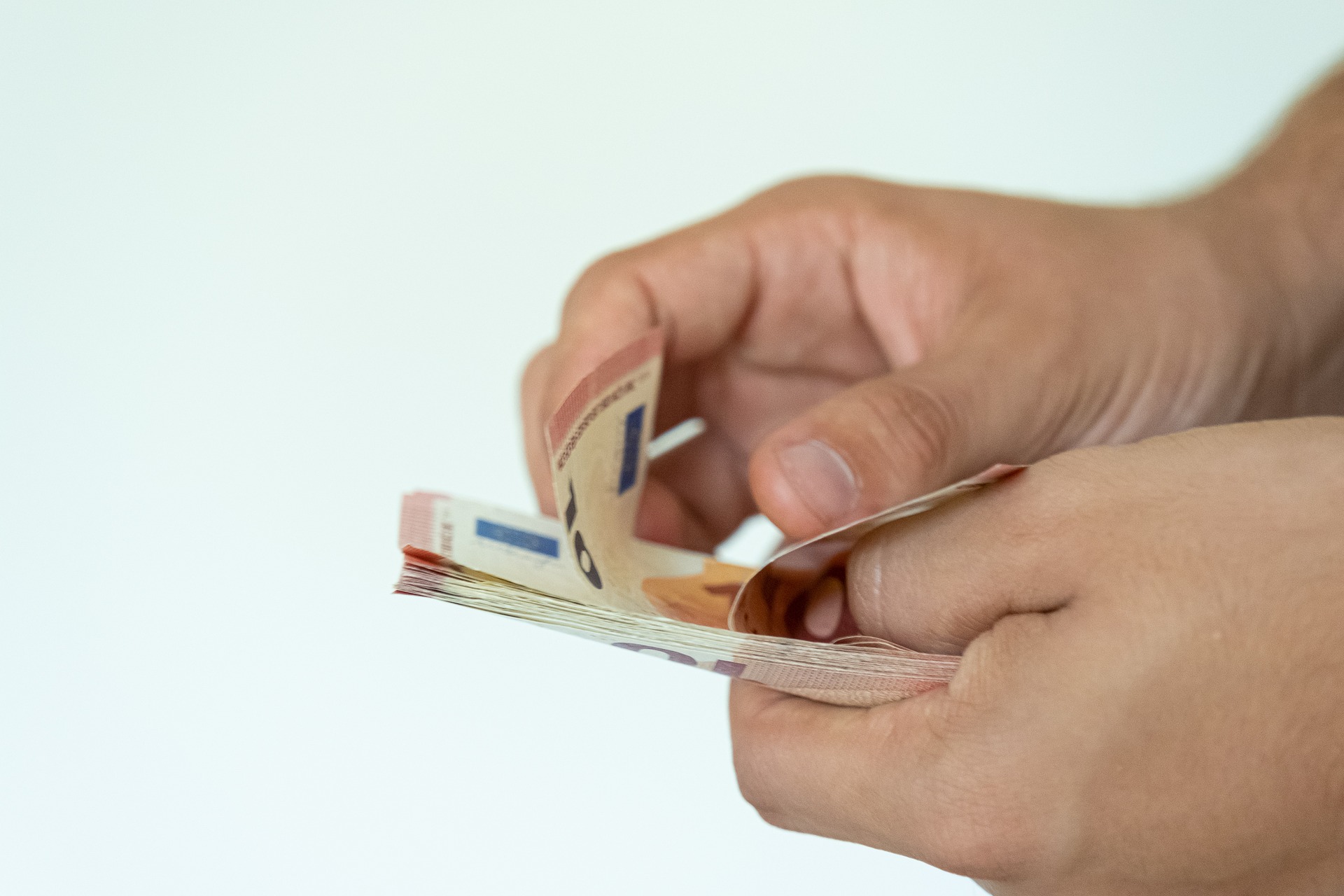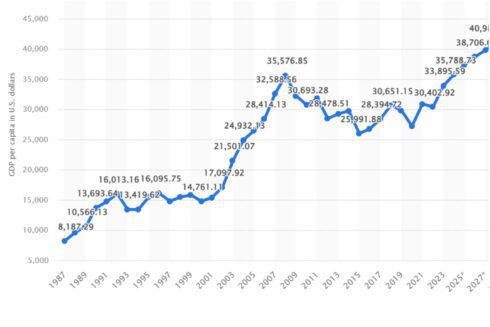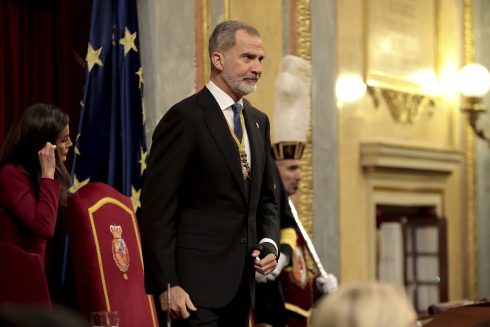SPAIN’S inflation rate fell to 3.2% in November as a result of lower fuel prices and cheaper holiday packages, according to preliminary figures released on Wednesday by the National Statistics Institute (INE).
The annual rate was 0.3% down on October’s figure- the biggest month-to-month fall since September 2022.
One of the key factors was electricity wholesale prices hitting their lowest level since March 2021.
Food and non-alcoholic beverage prices also contributed to the drop in annual inflation, the INE said.
The drop in inflation bodes well for Spain’s overall economy, according to Economy Minister Nadia Calvino.
“Salaries gained purchasing power and Spanish companies competitiveness could increase their market share, despite the international difficult environment,” she said.
Core inflation, which strips out volatile fresh food and energy prices, was 4.5% year-on-year, the slowest rate since 4.4% the 12 months through to April 2022, the INE data showed.
Spain’s inflation is currently one of the lowest in the eurozone, although it is still above European Central Bank 2% target.
As to the future, Angel Talavera, chief European economist at Oxford Economics, doesn’t expect any major changes.
“Looking ahead, I expect to see inflation between 3% and 3.5%, as the moderation in core and food inflation will be largely offset by higher energy inflation due to the large price falls we saw late last year and in early 2023,” he told the El Pais newspaper.
READ MORE:
- Inflation in Spain stays at 3.5%: Cost of living crisis continues to hit households but surge in food prices…
- Food in Spain is over 10% more expensive than a year ago despite the country’s low inflation compared to…







